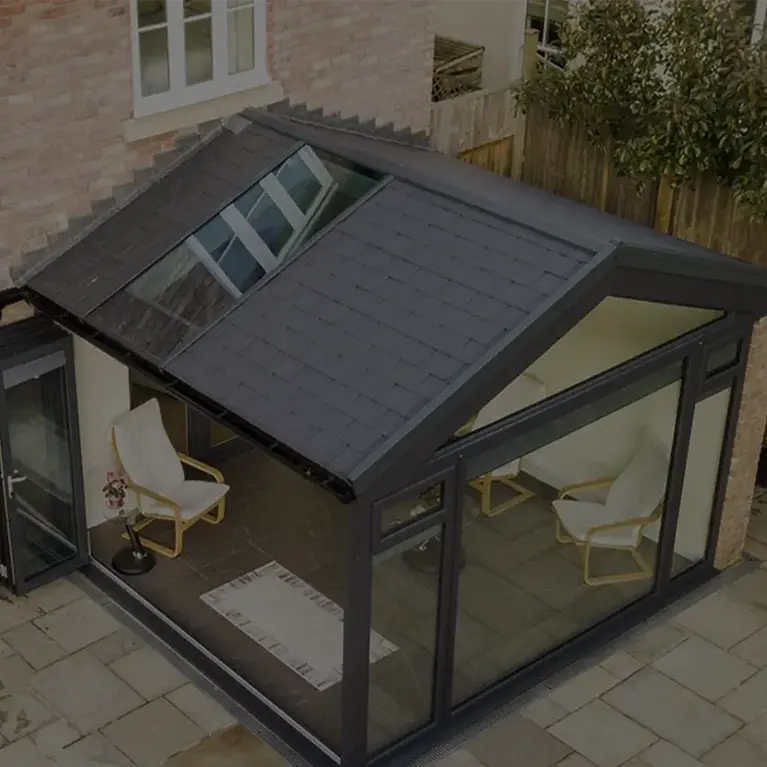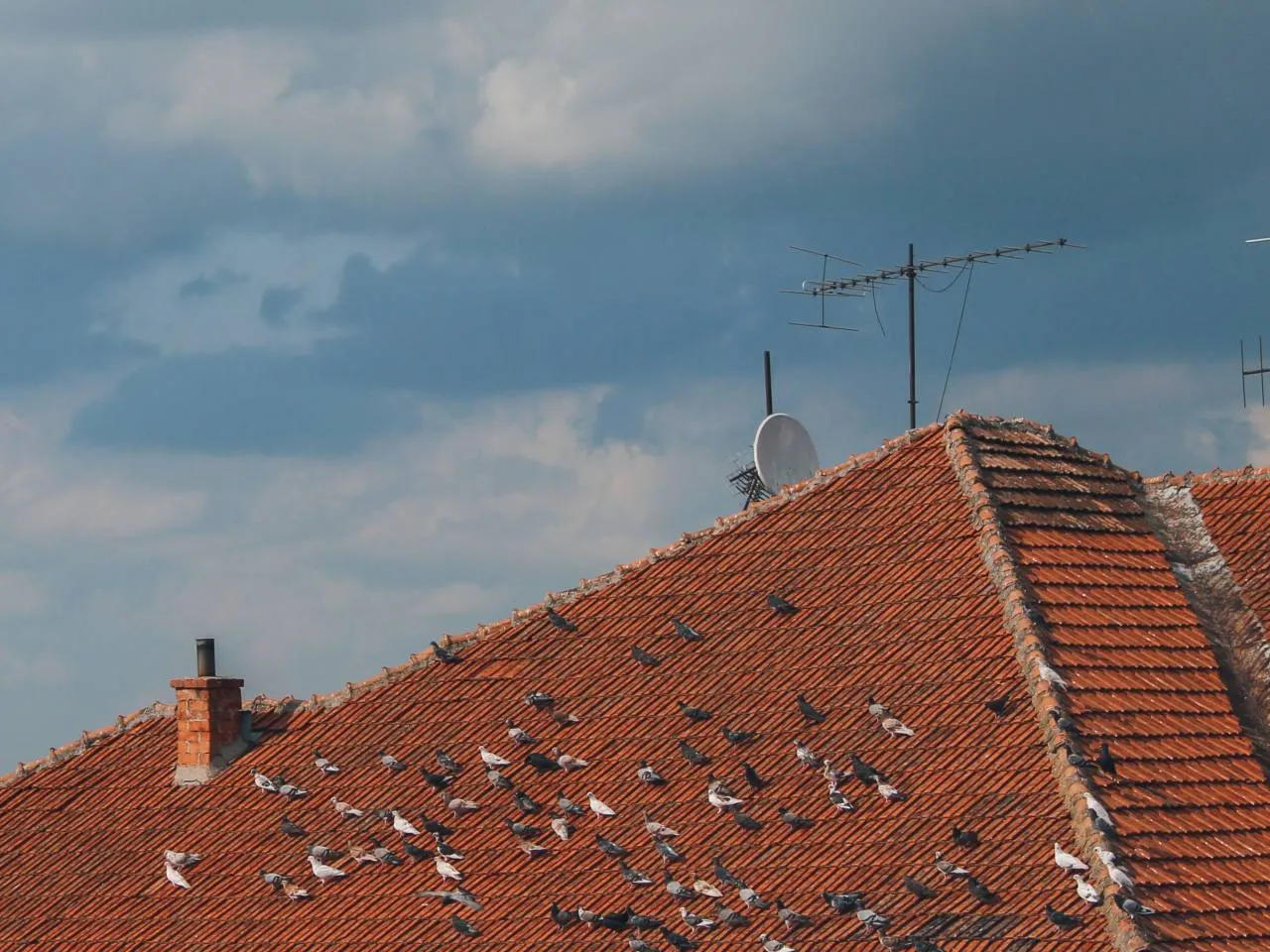If your conservatory is unused during the winter months because it’s persistently too cold to enjoy, a solid roof underlay from Harveys Windows is the answer.
Our contemporary solid roof linings and underlays not only help to keep your conservatory warm during cooler weather, but they can prevent the temperature from soaring in summer, so your family can make full use of the room throughout the year. With our multi-layered roof design, which features a breathable roofing underlay, we guarantee your conservatory won’t be plagued by condensation problems.
So, what are the different types of roof linings and how do they conform to the latest building standards?
Breathable Underlay vs. Non-Breathable Underlay
When building solid roofs in construction, two British Standards apply BS 5534, which applies to slating and tiling, and BS 5250, which relates to the control of condensation. Both standards identify two types of roof linings: breathable underlay (low resistance) and non-breathable underlay (high resistance).
Understanding the difference between the two membranes ensures that the appropriate underlay is incorporated in the roof system to allow sufficient ventilation to eliminate the chance of condensation occurring.
Breathable Underlay
Although more expensive than non-breathable membranes, breathable underlays offer some important advantages, being durable, lightweight, and simple to install.
Vapour permeable membranes are most commonly used because, when combined with high-level ventilation, they ensure effective cross-flow ventilation to direct water vapour out of the building, thus meeting the requirements of BS 5534 and BS 5520.
Non-Breathable Underlay
For decades, non-breathable membranes have been used in construction, as they are perceived to be a cost-effective and functional solution to the need to protect against the ingress of rain and wind in roofing systems.
Typically, non-breathable underlays are made from bituminous material or polypropylene and are installed alongside ventilation systems in the eaves or ridge.
The Importance Of British Standards
As well as defining the different types of roof membranes and their applications, BS 5534 and BS 5250 also give important guidance regarding installation. This is particularly significant for breathable underlay, as they are considerably lighter than older, non-breathable products and may be affected by wind pressure.
Updated BS 5534 recommends that underlays are installed with a drape of 15mm to prevent wind ballooning and that membranes must not be left exposed for long to prevent degradation. Also, according to BS 5250, installers must ensure that the vapour resistance values are appropriate for the application.
Contact Harveys Windows Today
At Harveys Windows, we understand that the performance of our conservatory solid roofs is directly linked to the quality of the materials, so we invest in the most reliable and durable underlays to deliver outstanding service for years. We also work with materials that meet the demands of BS 5250 and BS 5534 to ensure longevity and high performance of roofing membranes.
To find out more, please get in touch with Harveys Windows today on 0116 497 5866.
Image Source: Unsplash


